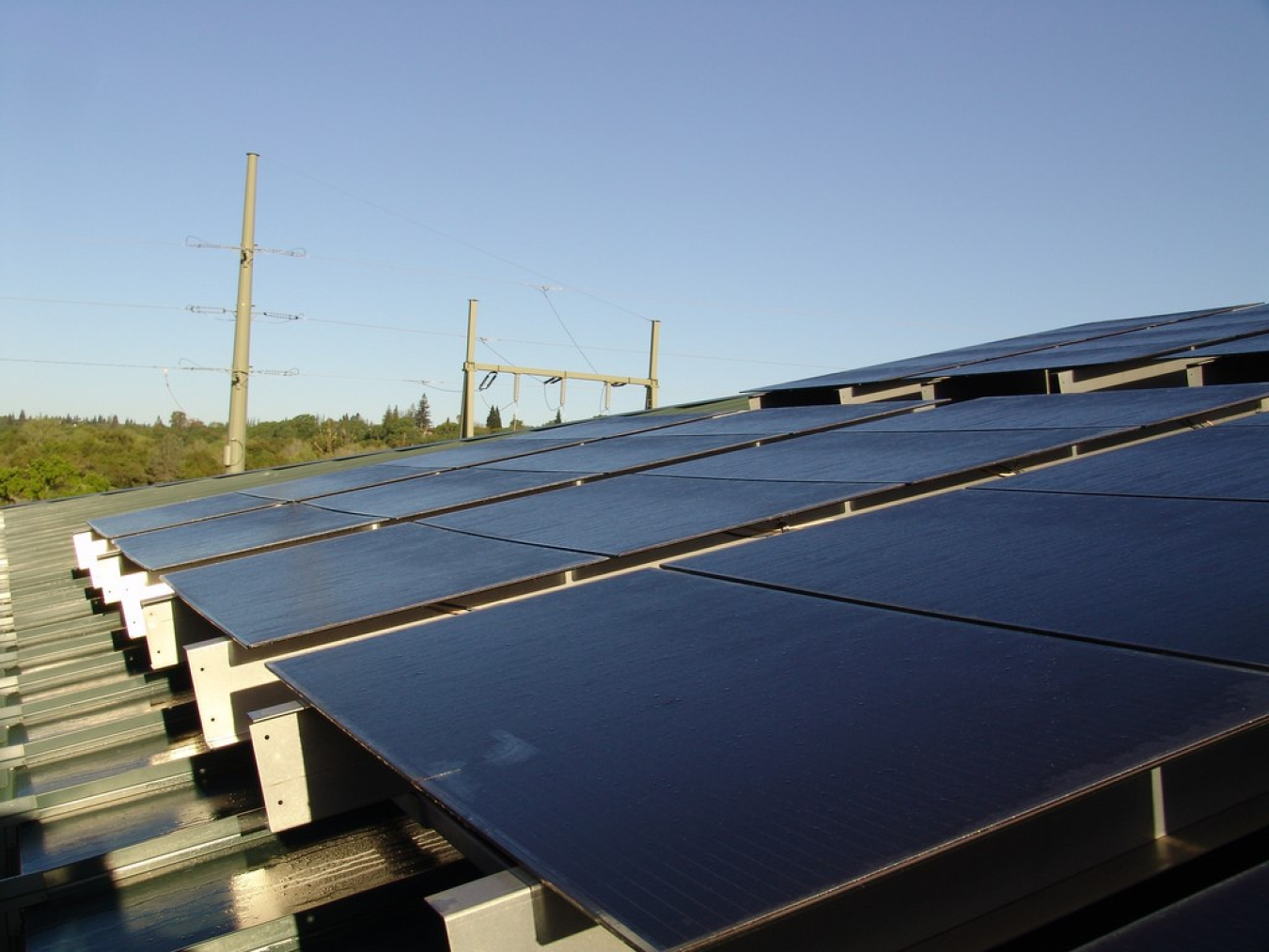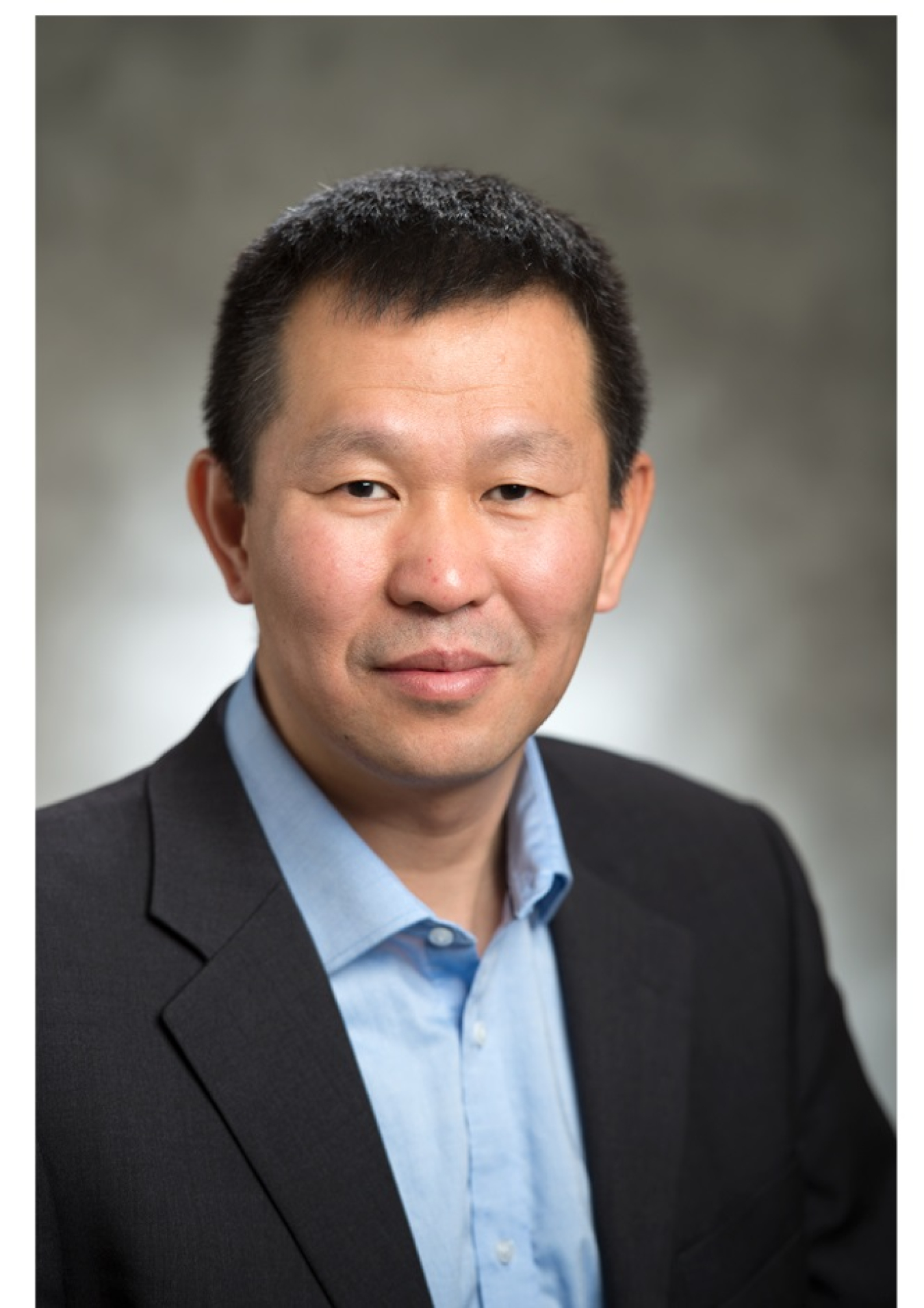This may come as a surprise to most people: utilities don’t have real-time information about their customers’ electricity usage. When someone adds solar to their home or business, all the utility can see is that the customer’s electricity usage d...
Office of Energy Efficiency & Renewable Energy
February 1, 2017
The ENERGISE funding program will help improve the way utilities are able to plan and operate the distribution grid with high levels of solar. | Photo courtesy: Western Area Power
This may come as a surprise to most people: utilities don’t have real-time information about their customers’ electricity usage. When someone adds solar to their home or business, all the utility can see is that the customer’s electricity usage drops; they can’t see how much energy a rooftop solar system offsets energy use. This makes it very challenging for utilities to manage their distribution systems in the most efficient way. The SunShot Initiative’s Enabling Extreme Real-Time Grid Integration of Solar Energy (ENERGISE) funding program is working to change that.
ENERGISE helps the electricity grid continue its evolution from one-way power flow – where centralized power plants feed electricity into transmission systems and down into distribution networks – into two-way power flow, where rooftop solar installations can feed energy back into the grid. Projects under ENERGISE will help utilities better plan and control new power flow patterns that allow large amounts of solar to be added to the grid. These projects will integrate technologies in sensors, communications, and predictive data analytics, providing grid operators up-to-the-minute measurement and forecast data for distributed solar energy sources.
By gaining visibility into a customer’s electricity production, utilities get a number of benefits, as does the customer. The ENERGISE team from Southern California Edison will leverage the utility’s existing information systems and processes to increase efficient communication exchange with its customers. The team is working to build a greater understanding of its distribution networks and how much solar energy those networks are capable of handling. The project will zero in on the types and amounts of data that need to be exchanged between the grid and a customer’s rooftop solar installation, as well as the operating constraints and protocols that enable effective controls and operations. This structured and automated exchange of information will speed up the process of connecting new solar projects onto the grid and enable efficient and reliable operations of distributed energy resources.
Because utilities don’t have an accurate understanding of how much solar energy is being generated by rooftop systems, it can be difficult for them to balance solar with conventional forms of electricity generation to meet customer demand. That’s why the team from the University of Vermont is developing an operational framework to coordinate solar and other flexible resources on the distribution grid. Solar and load forecast data—which predict future solar output and consumer demand for power, respectively—are being used to schedule when solar will be added into the energy mix, and any mismatch in supply and demand caused by forecast errors will be resolved through real-time coordination of back-up resources. The project will allow grid operators to use data from smart meters and sensors to gain the most accurate understanding of the current energy mix and develop decision models to provide an automatic response to any abnormal events.
All 13 ENERGISE projects will develop new tools that enable better communication between the utility and the customer, but these improvements can also create security vulnerabilities. That’s why every single project has a cybersecurity plan. Utilities don’t want to expose their control systems to the outside world, as it can lead to hackers stealing information or shutting down parts of the grid. These cybersecurity plans allow utilities to develop an infrastructure that supports the data and bandwidth requirements of increased communication while keeping energy management systems safe and secure.
As more people choose to generate their own electricity with solar panels, the ENERGISE funding program will make sure utilities can manage the influx of extra power. As is the case in all relationships, communication is key.
Guohui Yuan

Dr. Guohui Yuan is the program manager for the systems integration (SI) subprogram within the Solar Energy Technologies Office (SETO). His team supports research, development, and demonstration of technologies and solutions to enable the widespread deployment of solar energy on the nation’s electricity grid.
Dr. Yuan has been supporting SETO as a technical advisor since 2011. Previously, he held several key positions at industry-leading clean technology startups, including CURRENT Group, GridPoint, and WaveCrest Labs. Early in his career, he worked at COMSAT Labs as a systems scientist. He is a recognized thought leader and has many technical publications. He holds nine patents.
He holds a B.S. degree from Tsinghua University, Beijing, China and a Ph.D. from the University of Maryland, College Park, both in physics.

